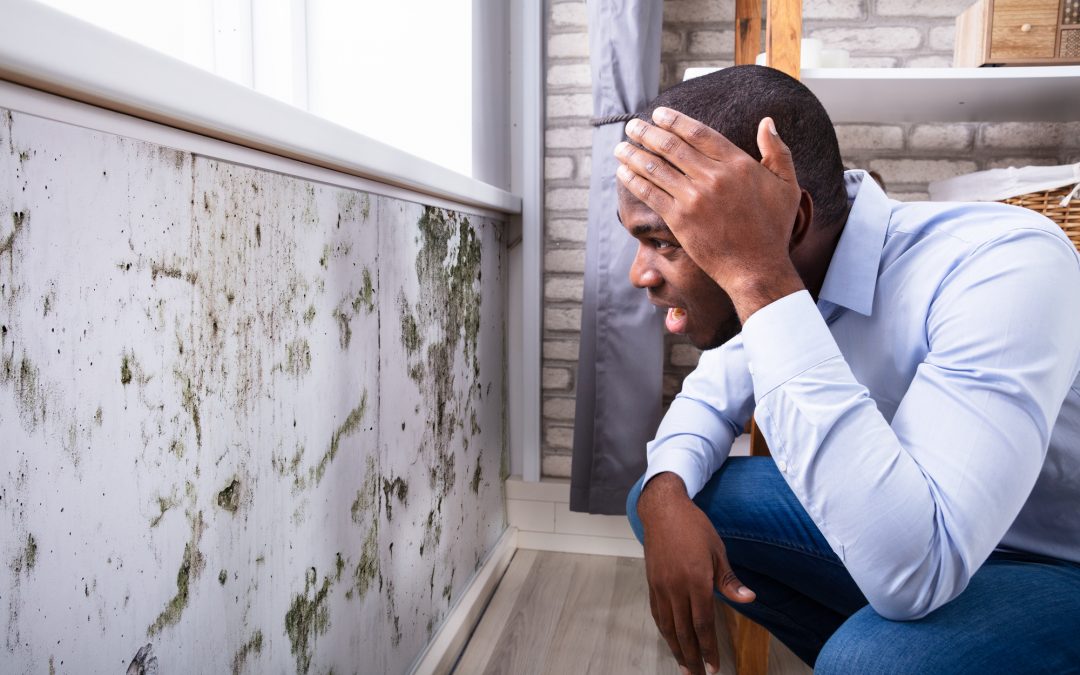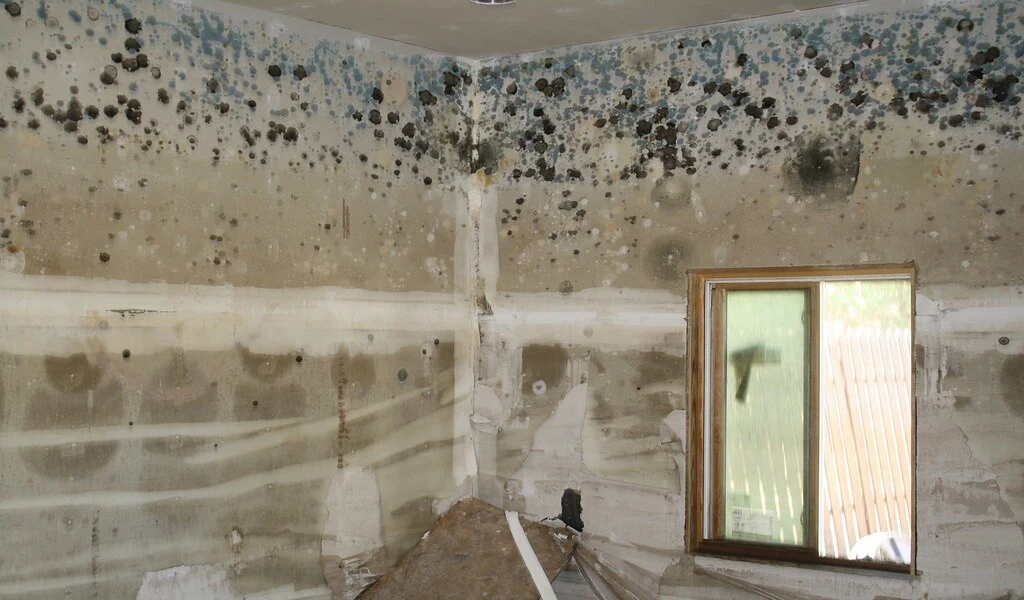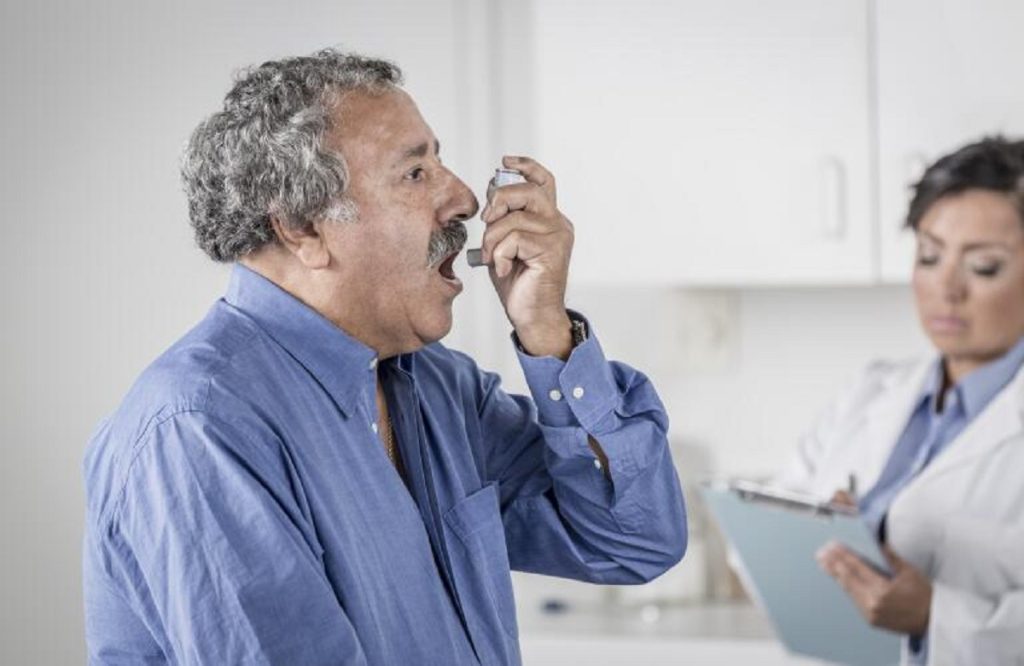Learning
9 Alarming Mould Effects on Health – How to Avoid?

Mould, in spite of frequently being undervalued, has the propensity to critically affect our health and well-being. Frequently discovered in little nooks and crannies of our dwellings, nestled in waterlogged basements, or slyly camouflaged within our air-conditioning systems, the provision for various noteworthy health issues is nurtured by mould.
As it ranges from inflaming allergic reactions and fighting against respiratory functionality to sparking considerably grave complications, the perils associated with mould contact are legitimate and considerable.
Unfurling its effects further, this composition plunge into denoting the six most distressful health hazards triggered by mould which individuals may confront. Simultaneously, what holds paramount importance is that we also outline proactive tactics empowering you with the preventive measure against the situations where this uninvited microorganism infiltrates personal spaces in your house, undermining your health.
Getting yourself conversant with these potential health threats painted by moulds and the preventative steps against them carve gateway towards facilitating a serene, purified environment promoting the welfare of you and your dearest ones. Doe your safety starts at home, furnishing yourself with this critical knowledge averts risks of being caught off guard by the invasion of moulds.
The Dangers of Mould Exposure:
Mould, commonly found in many homes, can have insidious and alarming effects on our health.
Mould cleaning companies in the UK such as Mould Removal London have also reported a concerning trend where they’ve encountered a significant number of individuals experiencing health issues while dealing with mould-infested areas. Cleaning mould is a necessary but potentially risky task, and it requires proper safety measures and precautions to prevent adverse health effects.
These companies have observed that some of the health problems experienced by both their workers and homeowners during mould remediation efforts include aggravated respiratory symptoms, allergic reactions, and skin irritations.
In the following sections, we’ll explore each threat in more detail, including the specific symptoms and health implications. Additionally, we’ll provide practical tips on how to identify and mitigate mould in your living spaces to help you avoid these alarming health risks.
Section 1: Respiratory Issues
Mould spores are tiny and easily airborne, making inhalation a common route of exposure. For individuals with asthma or allergies, mould can be a powerful trigger. It can lead to symptoms like wheezing, coughing, shortness of breath, and chest tightness. In severe cases, it may even cause asthma attacks, making it a significant concern for those with pre-existing respiratory conditions.
Section 2: Allergic Reactions
Mould can act as a potent allergen, sparking a wide range of allergic responses. Common symptoms include sneezing, runny or stuffy nose, itchy or watery eyes, and skin rashes. These reactions can vary in intensity from mild discomfort to severe allergic rhinitis or allergic conjunctivitis, making mould a particular nuisance for those prone to allergies.
Section 3: Skin Irritation and Infections
Prolonged exposure to mould can also result in skin irritation. Itchy or red skin, hives, or dermatitis are common manifestations. Additionally, mould can lead to fungal skin infections, causing further discomfort and requiring medical treatment to alleviate the symptoms.
Section 4: Neurological Symptoms
In some cases, mould exposure has been associated with neurological symptoms. These may include headaches, dizziness, memory problems, and difficulty concentrating. While the exact mechanisms are not fully understood, these symptoms underscore the need to address mould issues promptly.
Section 5: Asthma Attacks and Exacerbation
Mould is a known trigger for asthma, and individuals with this condition are particularly vulnerable. Mould spores can inflame the airways and lead to asthma attacks. For those already suffering from asthma, mould exposure can worsen their condition, causing more frequent and severe symptoms.
Section 6: Immune System Suppression
Mould exposure can weaken the immune system, making individuals more susceptible to infections. This immune system suppression can result in more extended recovery times from illnesses and increased vulnerability to other health issues.
Section 7: Mycotoxins
Certain moulds produce mycotoxins, toxic compounds that can have profound health effects. Exposure to mycotoxins has been linked to a range of symptoms, including neurological issues, gastrointestinal problems, and even organ damage. Mycotoxin exposure is rare but can be especially concerning when it occurs.
Section 8: Aggravation of Pre-existing Conditions
Mould exposure can worsen the symptoms of individuals with chronic respiratory conditions or compromised immune systems. Those with these conditions often experience more frequent and severe symptoms when exposed to mould, which can lead to a lower quality of life and increased healthcare costs.
Section 9: Long-term Health Implications
While some may dismiss mould exposure as a minor inconvenience, it’s essential to recognize its potential for long-term health implications. Ongoing mould exposure, even at low levels, can lead to persistent health issues. These may not become apparent until years later, underscoring the importance of addressing mould problems promptly.
Understanding the dangers of mould exposure is the first step in protecting your health and that of your loved ones. In the following sections, we’ll delve into ways to identify and mitigate mould in your living spaces to avoid these alarming health risks.
Conclusion: Tips to Prevent Mould Growth and Protect Your Health
In light of the alarming dangers associated with mould exposure, it’s imperative to take proactive steps to safeguard your health and maintain a mould-free living environment. Mould is a silent intruder that can wreak havoc on your well-being if left unchecked. Here are some essential tips to prevent mould growth and protect your health:
Control Moisture: Mould thrives in damp conditions. Ensure your home is well-ventilated and keep humidity levels in check, ideally below 50%. Use dehumidifiers if necessary, especially in areas prone to moisture, such as basements and bathrooms.
Fix Leaks and Water Issues: Promptly repair any leaks or water damage in your home. Mould can flourish in the aftermath of water intrusion, so addressing these issues swiftly is crucial.
Proper Ventilation: Use exhaust fans in kitchens and bathrooms to reduce humidity. Ensure your home has good ventilation, allowing air to circulate effectively.
Regular Cleaning: Regularly clean and dust your home to prevent mould spores from accumulating. Pay extra attention to potential mould-prone areas like bathrooms, kitchens, and basements.
Monitor Indoor Plants: Overly damp soil in indoor plants can encourage mould growth. Be mindful of your plant care routines and adjust watering as needed.
Use Mould-Resistant Materials: When renovating or building, consider using mould-resistant drywall, paint, and insulation in your home. These materials can help reduce the likelihood of mould growth.
Remove Mould Promptly: If you spot mould, remove it immediately using appropriate cleaning techniques and protective gear. Small areas (less than about 10 square feet) can often be tackled by homeowners, but larger infestations should be handled by professionals.
Regular Inspections: Periodically inspect your home for signs of mould, especially if you’ve had past issues. Early detection can prevent mould from spreading.
Air Purification: Consider using HEPA air purifiers to remove mould spores and other allergens from the air in your home.
Consult Professionals: If you’re unsure about the extent of a mould problem in your home or if it’s causing health issues, consult with mould remediation professionals and healthcare providers for guidance.
By following these preventative measures and staying informed about the dangers of mould exposure, you can significantly reduce the risks to your health. Your home should be a place of safety and well-being, and taking these steps will help ensure it remains just that. Protect your health by being proactive in the fight against mould.
































